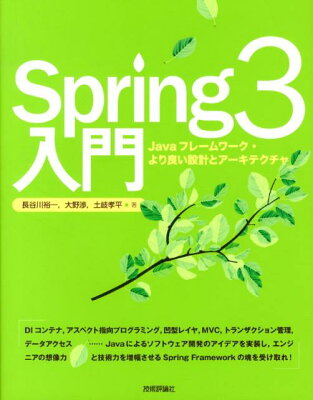There is taciturn person in discussion. I introduce the way to let such a person speak. (I omit ice-breaking because it is the method for all persons.)
Premise
Preparation for discussion like clarifying the goal of it is already done. I suppose 1 or 2 person is taciturn in discussion.
( If any valuable opinion doesn’t appear, you may have problem in preparation or proceeding.)
Why you want to hear opinions from all members?
What does occur when there is taciturn person?
- He say “I thought XX is the best solution” after the discussion.
- You can’t reach everyone’s agreement and you can’t reach best solution.
Namely, discussion purpose fades away, I think.
Control the number of discussion members, first. It is difficult to discuss over all members when the number of members is greater than 10. I think appropriate number is 6. Please rethink it according to discussion format and content.
Now, I introduce the way to involve everyone into discussion.
Method
Give a role to the person
“I would be appreciated if you could talk from the aspect of XXX in the next discussion. So please join.”
The word should be changed according to your position. Like above, telling “What I want to do” in advance helps him to understand what kind of opinion to speak and how to look the discussion, and make it easy for him to express his opinion.
Ask the person for his opinion in advance
Ask him “What do you think about it?” in advance, individually. Then, if he become taciturn in discussion, you can spread discussion by saying “You have opinion that XXX is YYY, right?”.
Give a task to the person in advance
Opinion doesn’t appear if there is no hint. So give him a task in advance. “Prepare 2 or 3 solution about XXX.” In the discussion, you can proceed with prepared opinions.
That’s a matter of course to prepare for discussion in advance, but some people never prepare until they said to prepare.
Workshop for a small groups
This is effective when discussion member is many. Divide members into groups consists of 3 members and ask them write opinions on post-it. (Or write opinions individually.) In this way, the person who can’t speak in discussion tend to write opinion. Paste written post-it to whiteboard and make discussion deep. It relates to affinity diagram.
You can make discussion deep for each opinion (or selected opinion or categorized opinion), so you can trigger to make him speak by saying “Could you explain what this opinion saying?”
It is OK to write opinion onto post-it by 3 member group with discussing, and to write opinion individually.
Ask the person about his specialty
Suppose members gathered from several sections. Then, ask him “Mr. X, how can you see this issue from YYY aspect?” And after his answer, “Thank you. I was really helped, there’s no person with YYY specialty knowledge.” Thus, involve taciturn persons.
The case this method can be used is may be limited.
Make a rule
Make a rule, “Everyone should put opinion”. Opinion doesn’t appear however strongly he said to put, but such rule make him think about to putting opinion.
Expect Next Time
If he didn’t put any opinion in spite of your really struggling, ask him “Was there something wrong, you looked somehow curious?” Please, take attention to the telling way. This method tells him “we want you to put your opinion” softly.

